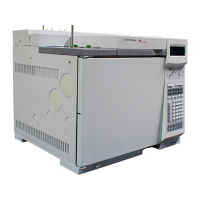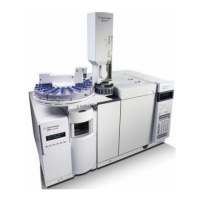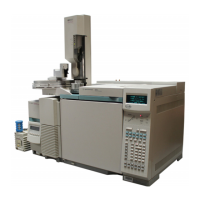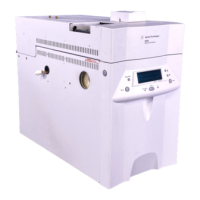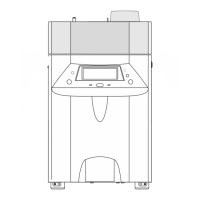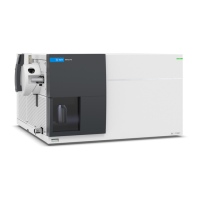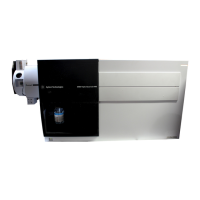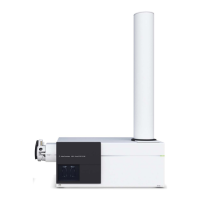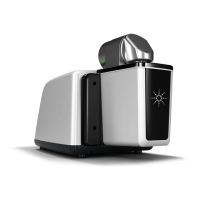168
Instrument Automation
Executing events during the run
Instrument automation allows you to program events using run time programming via
the run table or clock time programming via the clock table. Up to 25 timed events can
be executed in each of these tables.
Run time programming
Run time programming allows certain setpoints to change automatically during a run
as a function of the chromatographic run time. Thus an event that is programmed to
occur at 2 minutes will occur 2 minutes after every injection.
Its uses include:
• Controlling column switching or other valves
• Changing signal definition, zero, range, or attenuation
• Controlling an auxiliary pressure channel
• Changing polarity of a thermal conductivity detector (TCD)
• Turning the hydrogen flow to a nitrogen-phosphorus detector (NPD) on or
off
• Pausing (freezing) and resuming a signal value
The changes are entered into a run table that specifies the setpoint to be changed, the
time for the change, and the new value. At the end of the chromatographic run, most
setpoints changed by a run time table are returned to their original values.
Valves can be run time programmed but are not restored to their starting position at
the end of the run. You must program the reset operation in the run table if this action
is desired. See chapter 9 for more information.

